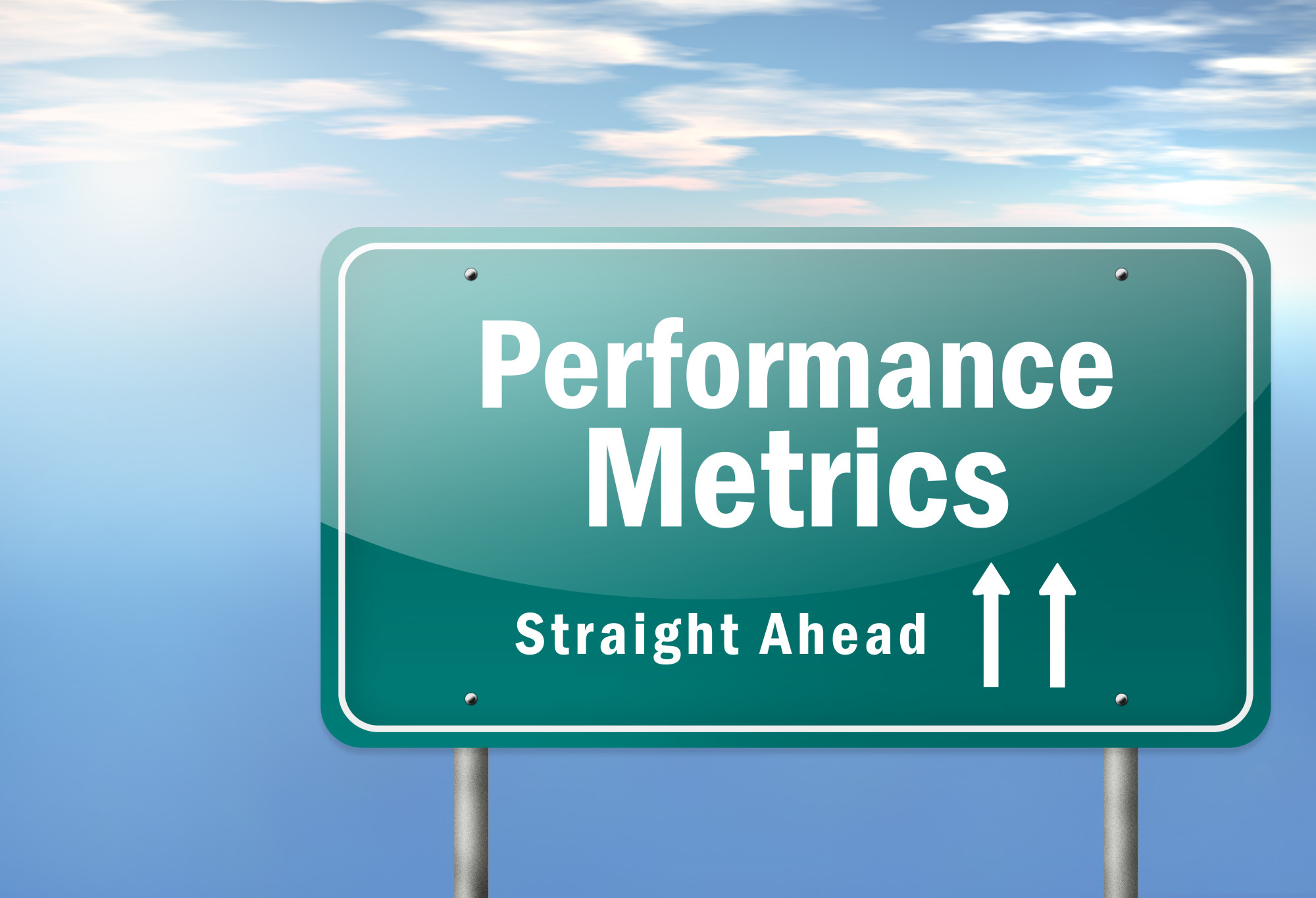You have a website, but do you know how well it’s working for you?
A website that doesn’t perform well could be a disaster for your business. Your site’s speed can have an impact on search traffic and the user experience.
How can you make sure that your site is running to meet these high expectations? Keep reading to find how what performance metrics you should monitor your website’s health.
Why Use Performance Metrics
In 2010, Google introduced site speed as part of its algorithm to determine search results. From a user perspective, 79% of shoppers won’t make a purchase if they have a bad experience on your site.
You could be losing visitors and search traffic and not even know it because you’re not tracking your site’s performance.
That can turn into a disaster in the long run for your business. Now that you know why you need to use performance metrics, let’s take a look at which ones are the most important to your business.
1. Page Load Time
Everything is about page speed these days, so it would make sense that page load time would be at the top of the list.
Why is this metric so important? Some estimates show that a one-second delay can mean thousands or even millions of lost sales. This performance metric measures the time it takes for a web page to load on a device from the time a user types or clicks on your URL.
2. Time on Site
How long do users spend on your site? This metric will tell you how long users stay on your site. This is an indication of two things. The first being intent and the second is the overall user experience.
In many cases, users will check out an article on a website and then leave. In other instances, they’re shopping for products and they want to know more.
The more time they spend on the site, that shows that you’re giving them a good user experience.
3. Conversion Rate
This is the metric that has the most impact on your bottom line. Simply put, with this metric, you’re learning what users are doing when they get to your site. Are they become subscribers or customers?
For example, you have a product for sale, and you have plenty of traffic to that product page and they’re not converting. You can then pinpoint that page to see why they’re not converting.
In some cases, you just need to tweak the content and that will be compelling enough to get people to buy. You can read more here for an example of a product landing page.
4. Bounce Rate
Bounce rate is something to watch because it’s a key indicator of the user experience. A low bounce rate indicates that people are visiting other pages on your site.
For example, people may find that your site is hard to navigate and visit other pages on your site. That will result in a high bounce rate In that can you can change your site to improve navigation on your site.
5. Server Response Time
This is a performance metric that shows how fast your hosting company’s servers are responding to website requests.
If you find that your server response time seems a little slow, contact your hosting company. There could be several issues happening that can cause the server response time to be slow. Your site may be too large or your hosting company is slow.
6. Uptime
This is a key metric because if your site isn’t up, customers can’t get the information they need. They’re likely to go elsewhere for what they’re looking for. It can also cause your brand to seem unreliable.
7. Third Party Domains
Your site is mostly hosted on your host’s servers. You might have videos or images that are hosted elsewhere. Fonts are also commonly hosted elsewhere.
You want to watch this performance metric to see if these third-party hosts are slowing down your site’s load time.
8. Total Page Size
The total page size of your site will tell you how bulky your site it. It is usually tied to site load time. The bigger your site, the longer it will take to load. You know what happens when your site takes too long to load.
There are a few reasons why your page size is big. Images will take up a large portion of your page size if you don’t compress them before uploading to your site.
Another possible issue is the way your site is coded. Some themes and templates aren’t built for speed.
How to Measure Your Site’s Performance
Where do you go to find these metrics? Are they with your hosting company? Are there tools that you need to purchase?
Fortunately, there are a handful of reliable (and free) tools that you can use to measure your site’s performance metrics.
To measure your site’s speed, you can use tools such as GTMetrix, Pingdom, and Google’s Page Speed Test. These measurements offer slightly different results but using all three of them will give you a big-picture view of your site’s performance. You’ll know what you need to work on to get your site’s performance up.
For things like Bounce rate, traffic and visitors, Google Analytics is the go-to solution. By using a number of tools, you’re getting the complete and accurate picture of your site’s performance.
Keep Your Site a High-Performance Site
Your website needs to live up to the standards that search engines and users set. Those standards and expectations are getting higher every day.
When you check your performance metrics regularly and make improvements to your site, you’re making sure that you’re not leaving money on the table.
You’ll have a better experience which will translate into higher conversions and more revenue for your business.
Want more tips for a high-performance site? Check out this article that shows you how you can fix a slow WordPress website.




